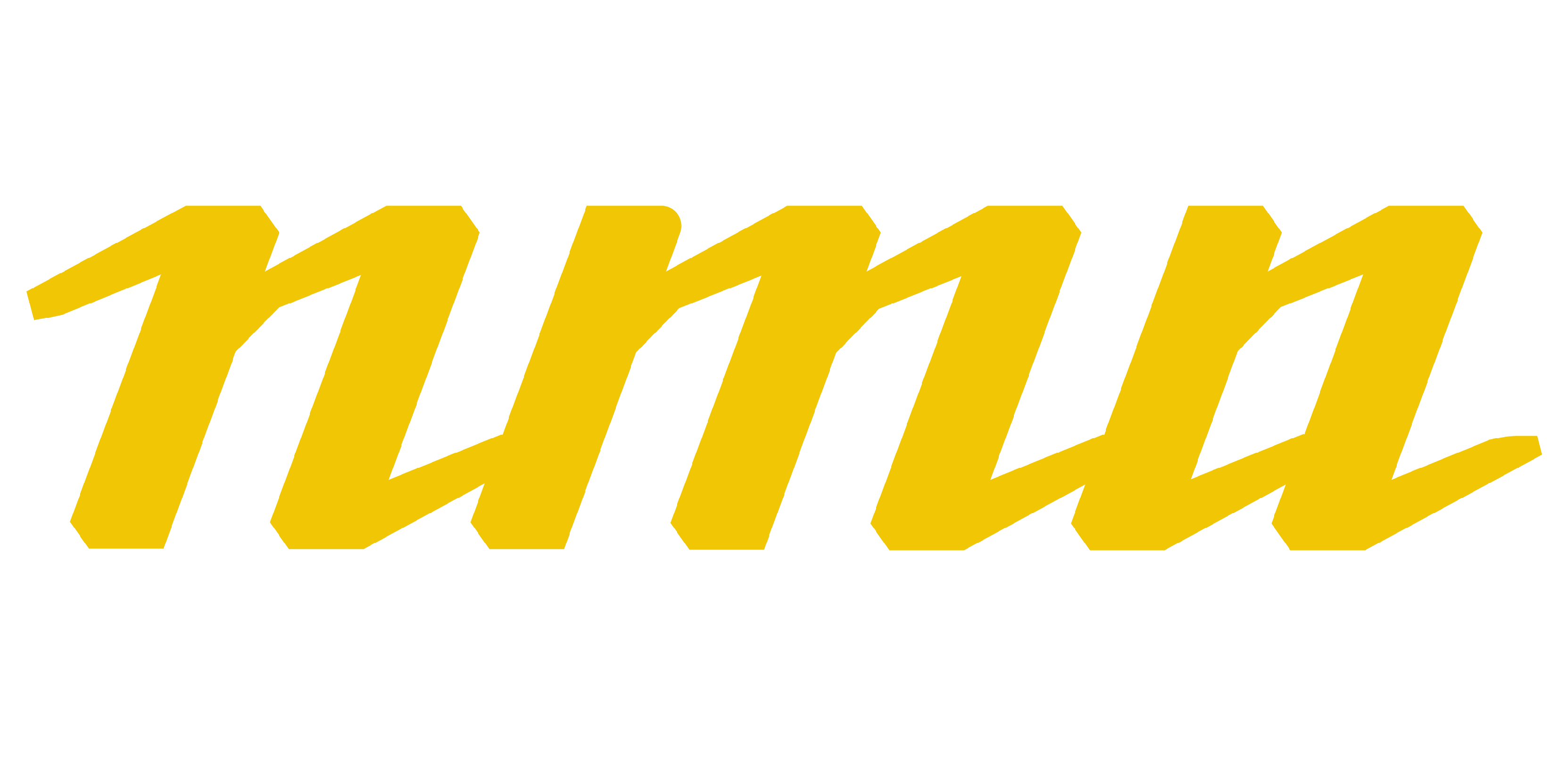As mentioned in Part 1, an API (or application programming interface) allows different types of software to connect and interact with each other, offering a more efficient and streamlined approach. For example if you use a Google Maps plugin on your website or include an Amazon or any other marketplace app on your own site, these third party integrated programs allow you to get what you need without changing your entire website at a fraction of the time and cost that it would otherwise take you to code it yourself. An API is therefore practical but, as some internet users have found out via social media, they can lead to a few pretty bad situations – and now developers on social media are taking action.
It’s hard to stop a troll online, given that a mix of pseudonyms, login names, and in a lot of cases fake e-mail addresses, can make it extremely difficult to track down someone who is spouting verbal abuse over social media. What’s even harder is that in most cases, the culprit can simply create a new account and continue targeting specific users. If on some social media platforms, such as Facebook for example, trolling is somewhat made difficult by strict terms of use, other platforms like Twitter, have an unfortunately lax approach to verbal abuse and trolling in general. What’s worrying is that gone are the days of occasional abuse – some twitter users are now forming collectives and openly collaborating in order to better funnel their online rants directed at other users.
Hope is on the horizon though, and that hope comes in the form of Block bot – but what is it exactly? Block Bot is one of the most widely used programs to block specific users from a twitter feed (to put it vaguely). Block Bot users can choose between three different levels : Level 1 blocks those who most would agree are abusive ; Level 2 blocks those who are specifically ideologically-inclined who could prove a nuisance, and level 3 blocks users who are just simply annoying. However, Twitter requires that lists are compiled indicating which users are in what specific level/category.
But where can you draw the line between outright censorship and freedom of speech in the land of APIs where everything is interconnected and intertwined? When someone is blocked via third-party blocking tools, their tweets are deleted from a subscriber’s timeline, therefore hiding in effect any abusive tweets. Block Bot in this case is the judge, jury and executioner : those who maintain the blocking list look for and add to the list users who are “deemed” abusive – but is that going too far?
Open to your remarks.


